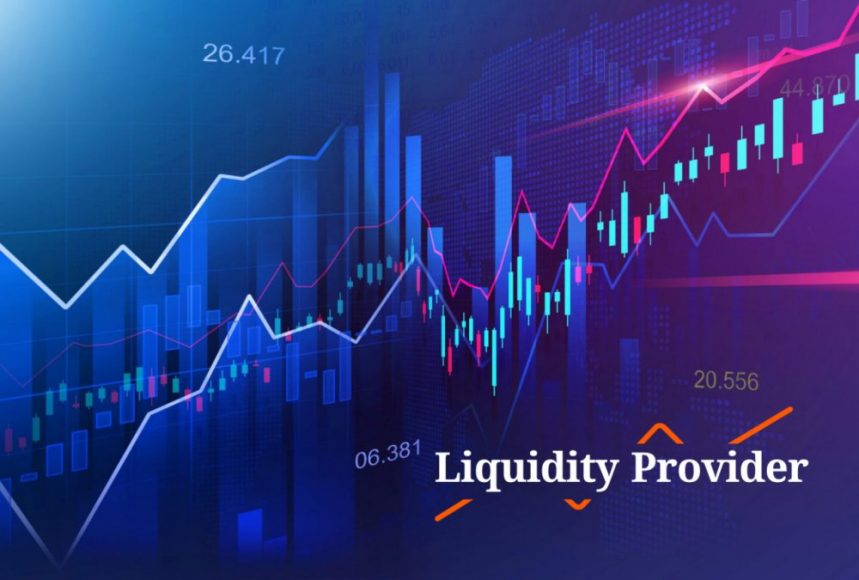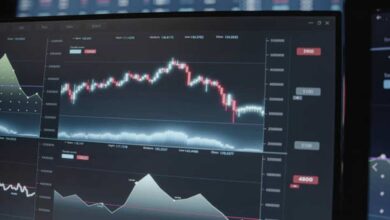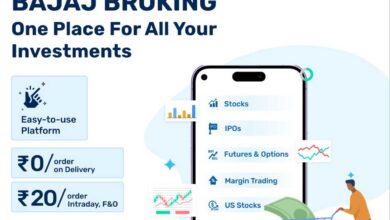The rule that a liquid market is essential for profitable trading applies equally to FX trading. When a financial market has more liquidity, transactions may be completed more rapidly and at a lower price.
Averaging more than 6 billion USD in daily activity, foreign currency trading offers unparalleled liquidity in comparison to any other international capital market. Small and exotic currency pairings may continue to be a source of concern, particularly when major news events or crucial economic data releases force spreads to widen as a result.
To others, you’re probably best known as a market maker who provides exchange rate quotes as a liquidity provider forex. You can find out more about it here if you’re not familiar with it. Other players in the FX market, on the other hand, can make a significant contribution to enhancing market liquidity by increasing trading volume.
What Exactly is Liquidity in the Context of FX?
Forex is often observed as the world’s most liquid market due to the enormous volume and regularity with which it is handled.
Governments, huge banks, insurance companies, investment houses, dealers, and even vacationing people are among the numerous players in the enormous amount of trades that occur on the FX market each day. According to predictions, the currency market will exchange more than $5 trillion in value every day.
Despite its great liquidity, the foreign currency market lacks price stability. Due to the large number of people that trade significant pairs, there are several alternate views on what the price should be, resulting in significant price changes virtually daily. This is especially true when the market is processing new information. Price ranges are often maintained despite high volatility, and smaller amounts of money are occasionally swapped for bigger amounts.
The most liquid forex pairs are generally believed to be the big ones – the most frequently traded. This implies that high-liquidity currency pairs such as the EUR/USD, the GBP/USD, and the USD/JPY are accessible.
FX liquidity is crucial in the market because it reduces the risk of slippage, enables faster order execution, and results in reduced bid-offer spreads.
The Advantages of High Liquidity of the FX market
The foreign exchange market is not only the largest capital market in the world, but it also has the greatest number of participants, both individual and corporate. Higher levels of foreign exchange liquidity are frequently observed when the number of participants on any capital market is increased. This may be an extremely beneficial outcome.
In the financial world, liquidity is defined as the ability of a financial investment to be quickly changed into cash. Depending on whether the transaction is completed within one day or two business days, the currency market may be able to convert the funds to cash within two business days.
As well as being an indicator of a market’s efficiency, liquidity is also a good indicator of a market’s ability to execute orders with big transaction volumes without causing the market to move considerably in one direction or the other.
Due to its availability 24 hours a day, five days a week, the foreign exchange market is the world’s most liquid financial market in terms of liquidity in general.
Who is the Source of Liquidity in the Currency Market?
Let us define a from the broker’s standpoint. The sector is comprised of around 3000 brokerage firms, which contributes to the industry’s competitive nature. Brokers must provide traders with the best possible conditions, including prompt execution of their orders.
When a broker does not use FX liquidity providers, its order book only contains bid and ask orders from registered traders. It is likely that the book will not be able to satisfy all of the traders’ requests. For instance, a trader wishing to acquire 50 units of the GBP/CHF pair at the current quotation of 1.27153 places an ask order for the pair at the current quotation of 1.27153. Meanwhile, the order book has an offer for 25 units equal to the quoted prices. 1.27155 will increase the number of units by 15, while 1.27159 will increase the number of units by ten. As a result, merchants were compelled to acquire money at a premium over its market value.
While such a scenario is exceedingly improbable to occur with the most liquid trading pairs, traders take use of the market’s full ability to accomplish it.
LPs link brokers to big financial institutions like banks and hedge funds. A broker’s order book eventually comprises multiple ask and bid transactions for various trading pairs. Trades are executed immediately in accordance with required quotes, allowing traders to profit from their investments.
Advice on How to Choose a Credible LP
When searching for an LP, keep the following useful ideas in mind:
- Tier 1 firms are the best option since they connect brokers to the world’s largest financial institutions (BNP Paribas, JP Morgan, etc.).
- Along with FX, commodities, indices, and other assets, a reputable LP offers a diverse array of liquidity options.
- Reputable firms give multilingual, round-the-clock assistance to brokers in order to handle their difficulties quickly.
B2Broker is a safe sanctuary for fledgling brokerage businesses due to the company’s extensive list of advantageous services. B2Broker is a forward-thinking and time-tested organization that will aid you in expanding your brokerage business. Securing competitive market liquidity with no spread, 1% margin restrictions, and ingress to Tier 1 liquidity providers is crucial.








